Supermarkets are in dire need of a shot in the arm. But there’s one sector in which they’re looking rather ripped.
Value sales of sports nutrition products in the supermarkets are up 21.3% to £62.3m. Volumes have surged 42.8%, the second greatest percentage gain of the year, after e-cigs (see p179). The sector’s 15.1% decline in average price per unit is the biggest in this year’s survey. What’s driving all this? And just how big can the sector get?
The numbers reflect the sector’s transition into the mainstream. As a small, niche category, the majority of sales still come through specialists and online (primarily to enthusiasts prepared to spend big on bulk orders). But sports brands are adjusting their offerings to make them suitable for mainstream retailers and consumers.
This is driving down average prices, says Craig Read, marketing director at market leader Maxinutrition. “We’re seeing protein milks and bars growing at double the rate of traditional protein powders,” he says. “These are at price points of between £2 and £3 versus £30 to £50 for the powders.”
The development of convenient, premixed protein drinks and snack bars has been a focus for most of the major brands in the past year. This has driven up their volumes, measured in units, ahead of value. Maxinutrition’s 2.8% value growth masks a 37.3% surge in unit sales (recent activity to drive the impulse market includes the addition of creatine to its Cyclone milk RTD). And Sci-Mx is up 18% in value and 130.5% in volume, thanks to a host of NPD, such as cookies, flapjacks and shakes.
RTDs and bars have a lot more potential in the mainstream, says Chay Watkins, senior brand manager for Sci-Mx Nutrition. “The future is bright for sports nutrition in the grocery sector now,” says Watkins. “All the buyers are behind it and the focus is driven by consumers, who are increasing spend.”
All this NPD is helping sports brands migrate out of the health food aisle in store. In June, Tesco was the first to give more shelf space to protein drinks in a range review for the ’active dairy’ category; other retailers are following suit. Volac’s Upbeat, launched in 2013, has since realised triple-digit value growth thanks to distribution gains. For Goodness Shakes is up 151%.
With the move to more prominent parts of store comes a need for more trade investment. “We’re seeing a significant number of promotions in the impulse area on price down or two-for-one to encourage people into the area,” says Read, adding that larger items tend to be on deal every other month. “Frequency is key to drive penetration but promotions aren’t going any deeper.”
Alex Brooks, marketing director at For Goodness Shakes, says promotional focus is less on price and more about visibility in store. “What’s important for us is that we let people know we are in the retail outlet,” he says. “A gondola-end promotion might drive a 10-15 times sales uplift and strong sales following on from that. It’s an exciting new category. We’re only scratching the surface.”
“The future will involve products for different times of day and those to help older buyers retain mass as they age”
You just have to look at the recent boom in protein fortified food launches, from noodles to popcorn, for proof of how mainstream companies are jumping on the sports nutrition bandwagon. First Milk recently launched a protein drink and a breakfast porridge range in association with cycling’s Team Sky. In October sports nutrition brand The Protein Works launched what it said was the world’s first protein popcorn, made with whey protein and sweetened with stevia. It also launched a protein-enhanced granola with 10.7g of protein per 50g serving.
Protein ice-cream maker Wheyhey, which bills itself as a sports nutrition brand, also added handheld frozen protein yoghurts, Wheyhey Push-up, to its range, targeting the impulse market. That Wheyhey is stocked in Odeon cinemas, with Virgin Atlantic and via caterer Compass is a sign of the broadening appeal of the category.
C-stores are among the most promising areas of growth for the category. “Convenience is a huge category for growth at For Goodness Shakes,” says Brookes. “C-store consumers are far more likely to be younger, more of them male and closer to gym or other fitness-related locations. We’re seeing our products front-of-store in convenience next to the other soft drinks as people look to swap from sugar and isotonics into protein shakes.”
Sci-Mx will shortly roll out its RTDs into more convenience stores coinciding with a big brand campaign in January, says Watkins. “We are working with Spar to establish convenience lines there,” he says. “It was amazing to see the interest in protein from individual buyers at their conference. Convenience has really taken off in the UK, it’s just booming. It has a lot further to go in terms of mainstream distribution.”
In terms of penetration too. Only 3% of UK shoppers have bought a sports nutrition product in the past 12 months, according to Watkins, while two-thirds of those who come into a store to find a sports nutrition product walk away because they don’t find what they want or are confused. This offers plenty of scope for further growth through changing the way the category is presented in stores, he adds.
To this end, Holland & Barrett is overhauling its sports nutrition offer, introducing 60 new products, more than two-thirds of them bars and RTDs. The retailer has already trialled dividing its offer by six customer ‘needs’ - strength and performance; muscle and size; lean definition; recovery; energy and supplements; and on the go - and reports that sales have increased as a result.
Although there has been a rush of NPD this year, most brands still see potential for further innovation in the category. NPD will play a big part in continued growth for Sci-Mx. Its non-powder range now includes flapjacks and cookies as well as a 310ml thick shake under the Pro 2Go banner. It is also launching a new product for January designed for more weight-conscious consumers.
For Goodness Shakes also has new products in the pipeline. “The future in the medium term will involve developing products for different times of day and, in the longer term, products to help older buyers retain muscle mass as they age, which is so important for good health and wellbeing,” says Brooks.
It’s not all plain sailing, however. As brands report booming sales in convenience lines, there remain questions over the longer term growth prospects of larger bulk items in the grocery channel. Sales of such products took a knock following the imposition of VAT on the market in 2012 and in the following year USN was delisted from Holland & Barrett following a range review. The brand, up 16.9% on volumes up 31.1% in the past year, returned to the retailer in the summer with a renewed focus on impulse lines.
Watkins concedes that the going is tougher in the more traditional powders sector. “In the heartland we are seeing circa 5% growth in advanced powders with synergistic formulas such as diet-support nutrients year on year,” he says. “Standard powders are falling back in some cases and shelf space is an issue there. Muscle building is down circa 2.6% year on year.”
For Maxinutrition, pack size reformulation is paying dividends, says Read. “We’ve tailored our range specifically for the grocery market,” he says. “Rather than putting great big two or three-kilo tubs in front of the grocery consumer who’s new to the market and might not want to spend £60 or £70, we’ve tailored our range for grocery. Our products are in smaller tubs of between 800 grams and 1.2 kilos, meaning the price point is around £30 t0 £40 so by default you are seeing a reduction in the value but a significant movement forward in volume.”
As a result, Read predicts another year of strong growth for the category in 2015.
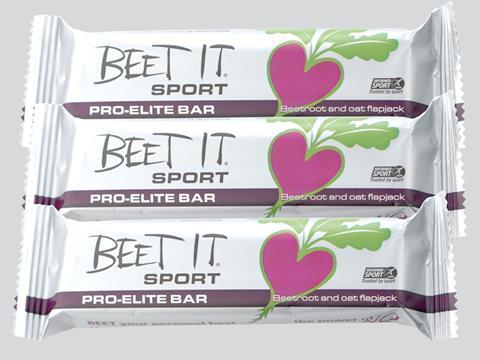
Top launch: Beet It Sport Pro Elite Bar James White
‘Superfood’ beetroot can dramatically improve sports performance by improving the body’s take up of oxygen, according to a number of studies.
Following the 2012 launch of beetroot sports shot drinks, James White launched the Beet It Sport Pro-Elite bar (rsp: £1.60/60g) , the company’s first food product, in the summer to offer athletes a different way of accessing the rich source of nitrate in concentrated beetroot. Each bar contains 0.4g of natural dietary nitrate.







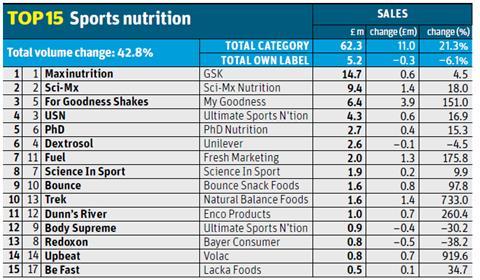
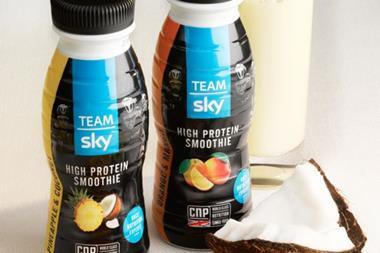
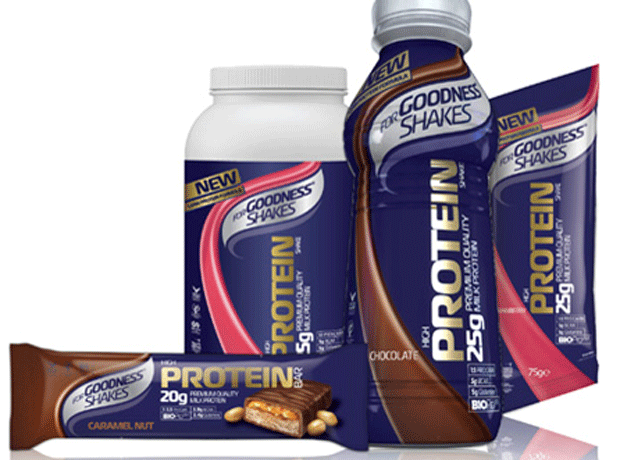
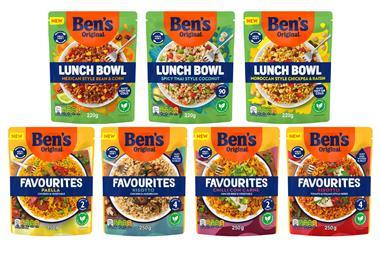








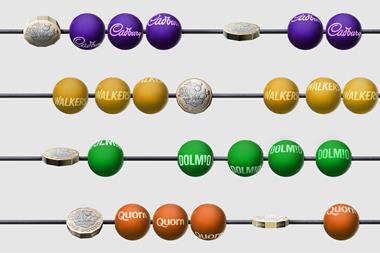
No comments yet